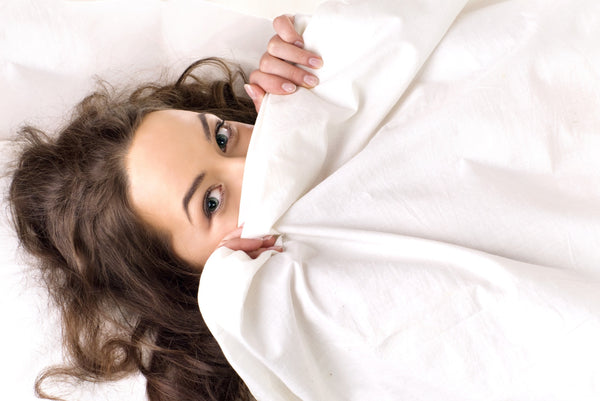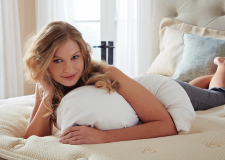What Is an Antimicrobial Mattress?

The term "antimicrobials" refers to all agents that work against all microorganism types: fungi (antifungal), bacteria (antibacterial), protozoa (antiprotozoal), and viruses (antiviral).
You may have heard the term "antibacterials". It's the biggest and most widely studied and known antimicrobial class. It's frequently used interchangeably with the "antimicrobial" term. However, it's important to know, antimicrobial technology is efficient against a broad spectrum of microbes, including:
- Fungi
- Mold
- Bacteria
- Viruses
On the other hand, antibacterial technology is only efficient against bacteria.
What Is Antimicrobial?
A material or substance that inhibits or kills the growth of microorganisms such as fungus, bacteria, or dust mites. Certain people have allergic reactions to organisms like these, and have to sleep on surfaces that will prevent or inhibit microbial breeding.
What Is an Antimicrobial Mattress?
Mattresses can provide attractive environments for microorganisms like these to spread and multiply. Often retailers sell mattresses that use antimicrobial materials, or that are antimicrobial to ensure their customers can sleep soundly on a hygienic sleeping surface.
Latex and memory foam mattresses are inherently antimicrobial. A lot of mattress pads and innerspring mattresses have specially treated fill that prevents or inhibits the accumulation of harmful organisms. While there is no mattress that can absolutely guarantee to be microorganism free, antimicrobial mattresses can and often do inhibit microorganism growth before they have a chance of causing negative effects.
Many individuals have allergies to:
- Dust mites
- Pollen
- Insect bites
- Pet hair
- Different types of food
There are also certain types of allergies, unique to some people, to certain things and materials; however, dust mites are the most common cause.
Dust mites are microscopic spiders that breed mainly in house dust, but they also live in mattresses and beds. They feed on things like:
- Textile fiber
- Dust ingredients
- Flakes of shed human skin
- Organic detritus
- Animal and human hair
The allergy itself is due to dust mites feces. The dust mites find the best conditions to develop and exist in the inside of mattresses, duvets, pillows, toppers, and quilted fabric, since there's a lot of moisture and heat they require. While you sleep, you shed dead skin, and this is food for dust mites.
There are a variety of mold and fungi in mattresses like aspergillus, cladosporium, alternaria, and others. These can trigger severe allergic reactions, too.
By buying products, like Eco Terra Latex Mattresses, that are naturally antimicrobial, consumers are benefited in numerous ways. The natural antimicrobial protection helps prevent product-damaging microbes proliferation that could shorten the lifespan of the mattress otherwise. Odor and stain-causing microbes are also decreased, which helps keep the product (mattresses in this case) cleaner and fresher. Not to mention, when you're sleeping on an antimicrobial mattress, you'll know you're protected from bacteria and dust mites.
You can sleep soundly, knowing that Eco Terra mattresses are polyurethane-free, non-toxic, and chemical-free.







